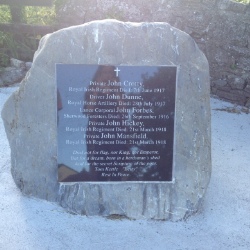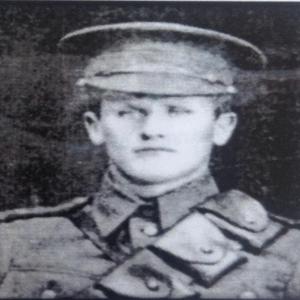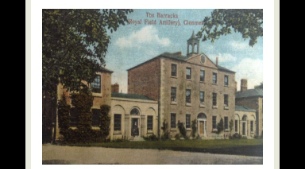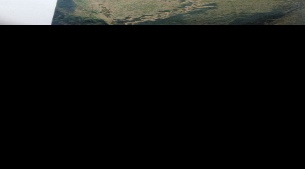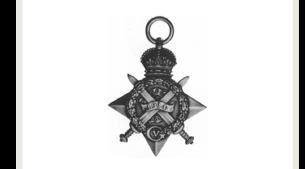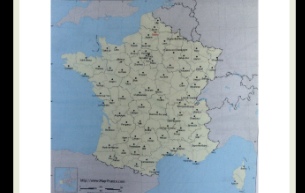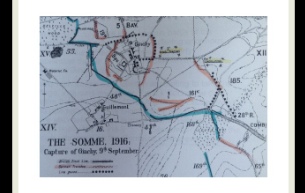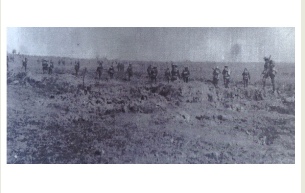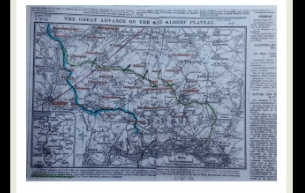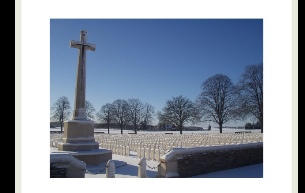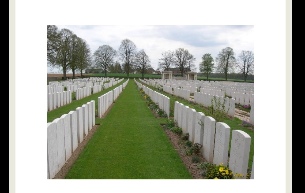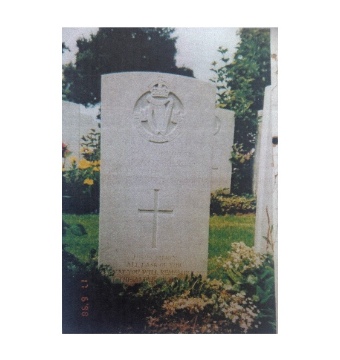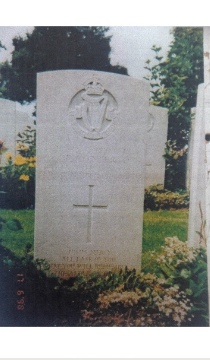I go to Presentation Secondary School in Clonmel Co.Tipperary and I've just completed Tranistion year, an exciting year full of many obstacles and great experiences, such as entering the recycled fashion competition Junk Kouture and participating in a 75 mile walk called St.Declan's Walk.
Overall TY has been exciting, I always wanted to do Transition Year to gain more confidence and to do many different things.
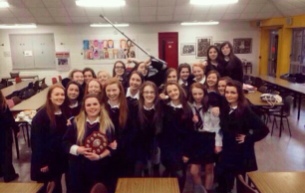
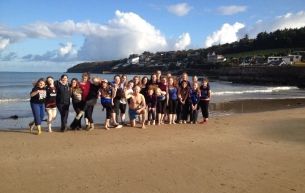
When I heard about the Adopt a Soldier, I was so intrigued as I adore History, it's one of my favourite subjects. At the time when I heard about the competition, my class were doing World War One projects at the time so I decided to enter the compeition as a chance to engage more with this historical significant event.
My local village of Newcastle had just did a memorial for our fallen soldiers and I always wanted to see the World War One war sites as books such as 'Private Peaceful' and 'War Horse'
Newcastle WW1 Memorial

When I found out I was representing Tipperary for Adopt a Soldier, I was thrilled.
Once I found out who my soldier was (Patrick Cotter) I went researching for information, with the help of my History teacher, Ms.Patterson and a local historian.
Overall with the help of my teachers and people from my local village, J gained so much information about my soldier and World War 1.
On the stone it's says:
Private John Crotty- Royal Irish Regiment
Died: 17th June 1917
Driver John Dunne- Royal Horse Artillery
Died: 28th July 1918
Lance Corporal John Forbes- Sherwood Forester
Died: 26th September 1916
Private John Hickey- Royal Irish Regiment
Died: 21st March 1918
Private John Mansfield- Royal Irish Regiment
Died: 21st March 1918
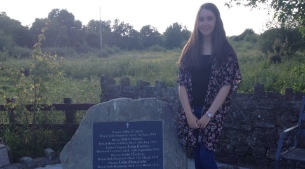
Died not for Flag, nor King, nor Emperor,
But for a dream born in a herdman's shed
And for the secret Scripture of the poor.
by Tom Kettle 'Betty' RIP